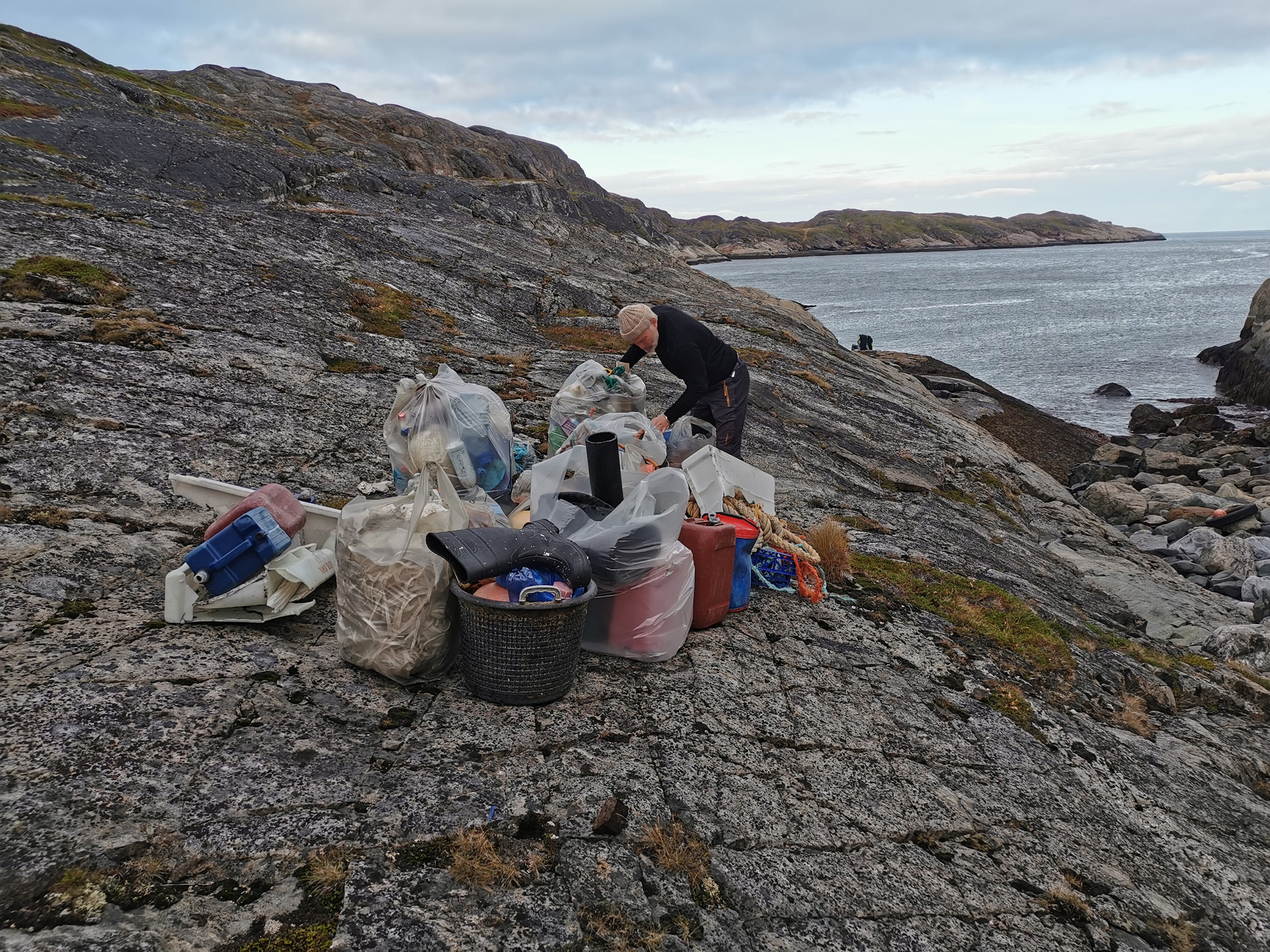‘It’s scary!’ Researchers ring the alarm about plastic pollution in Norwegian waters
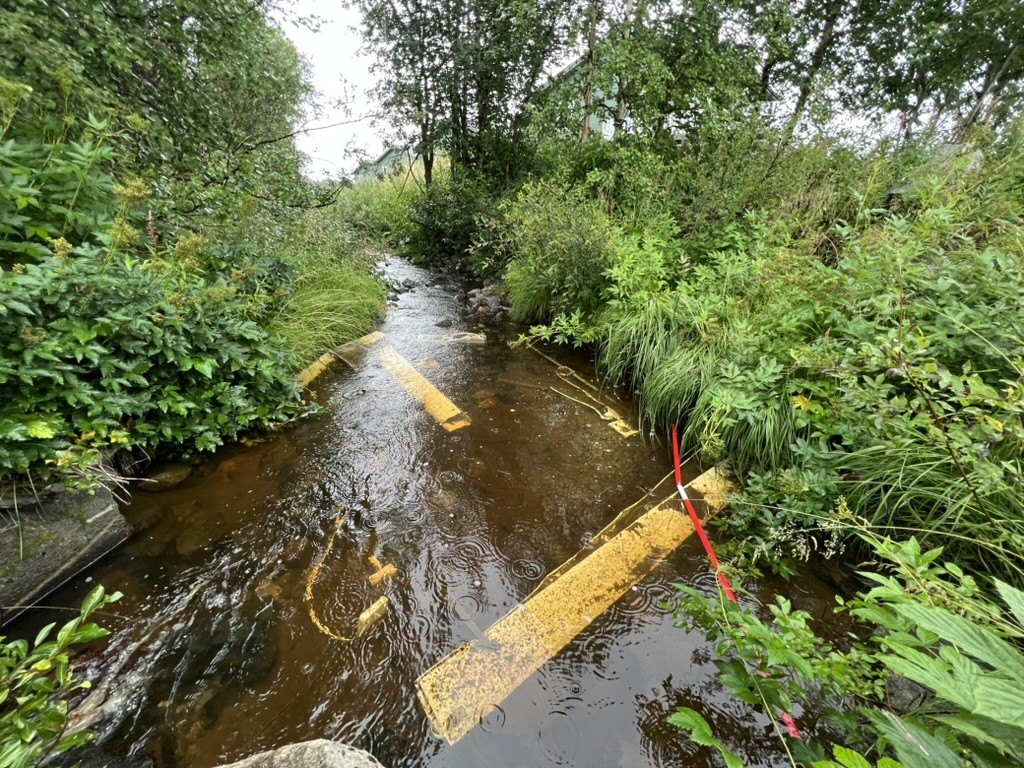
Small creek, big problems
“We see so much plastic in rivers, that at some point we don’t see it anymore, because we are so used to it. We are just blind to it”, Gaute Velle, Professor of biology at the University of Bergen tells The Barents Observer.
His team at NORCE (Norwegian Research Centre) has recently published a report examining plastic pollution in Norwegian rivers.
Their results, collected in the period from summer 2022 till autumn 2023, were published this year and look worrying for those who care about nature.
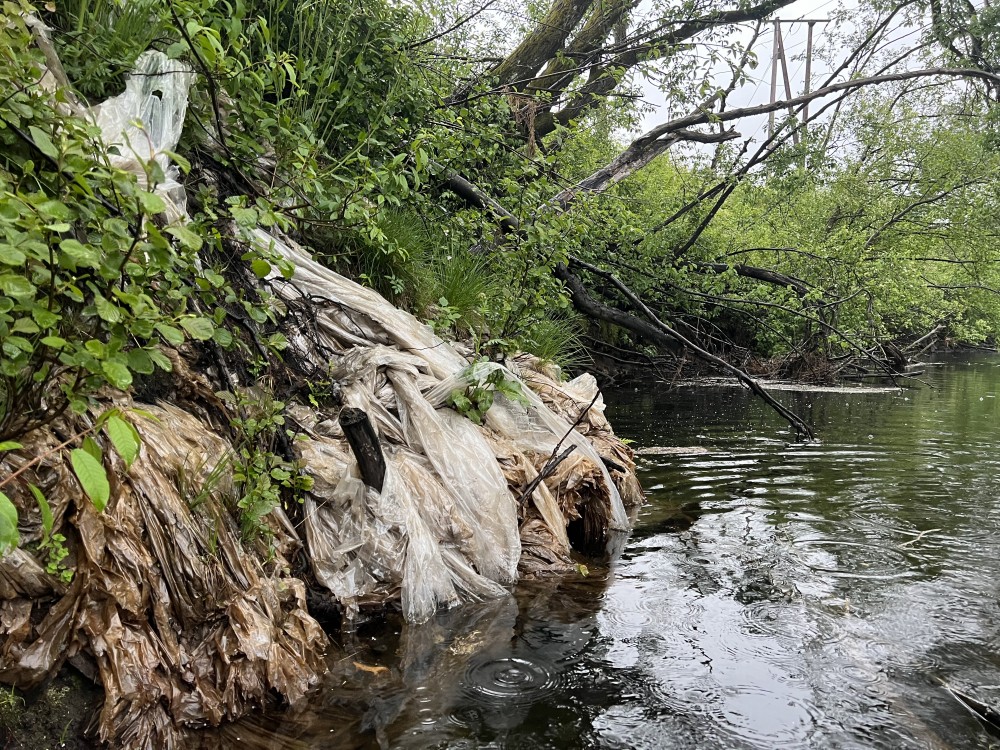
Researchers sailed in kayaks, snorkeled to the bottom, and walked along 84 rivers all over Norway documenting thousands of pieces of plastic piled up in Norwegian waters in urban areas.
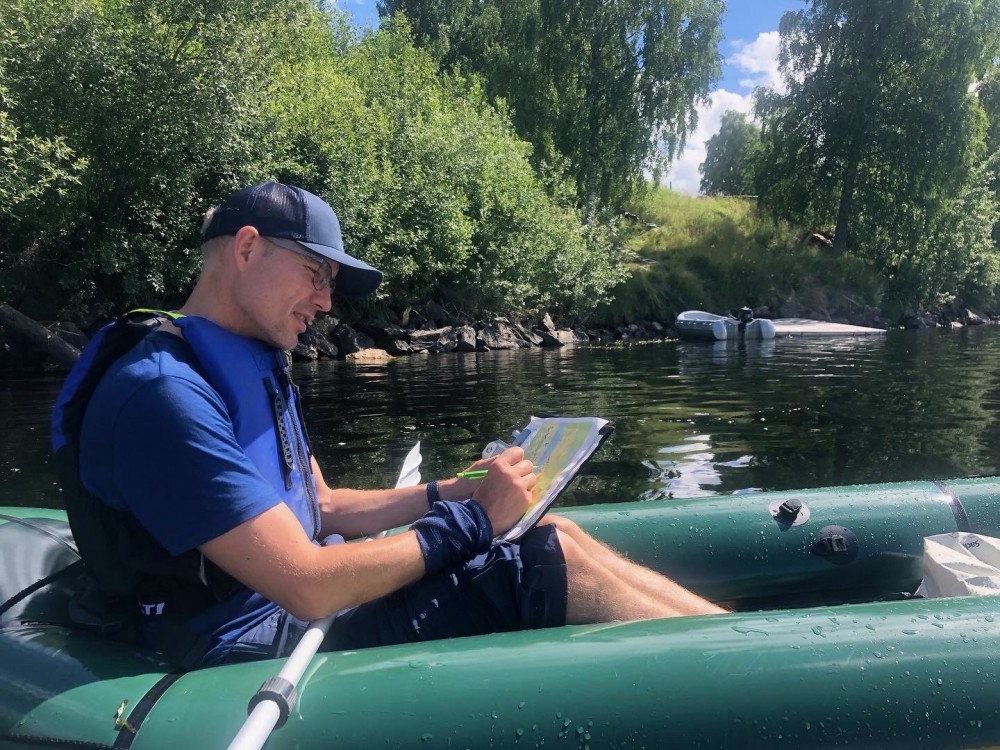
While the river Lierelva in the South of Norway was ranked the most plastic-polluted, Sandnesbekken, located near the Arctic town of Kirkenes, has been ranked as the second most polluted in Norway by Velle’s team, after they detected 350 plastic items along just a 1,800 m stretch.
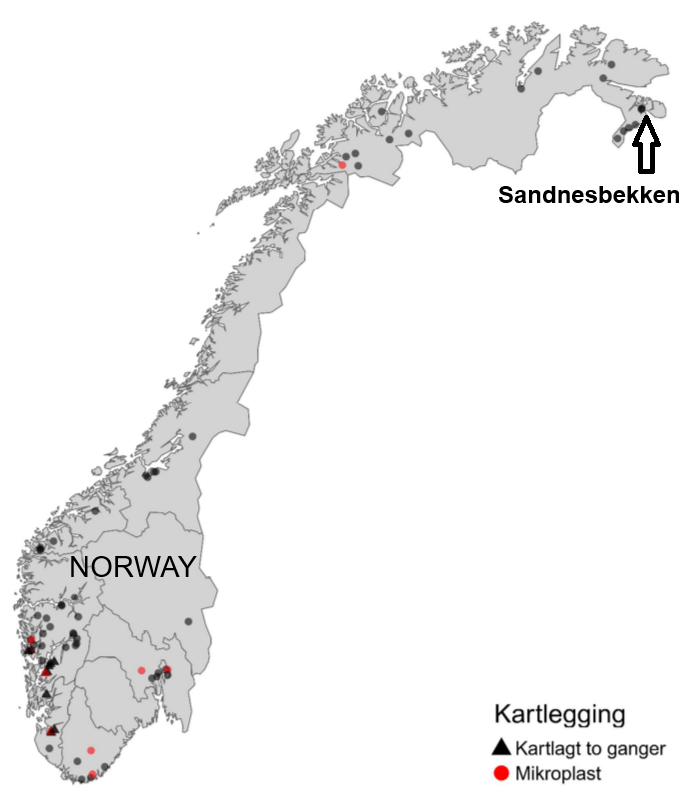
“There were a lot of shopping bags, household waste, loads of styrofoam, snowplow markers, sheets of plastic from construction,” Gaute told The Barents Observer, showing pictures he took 2 years ago.
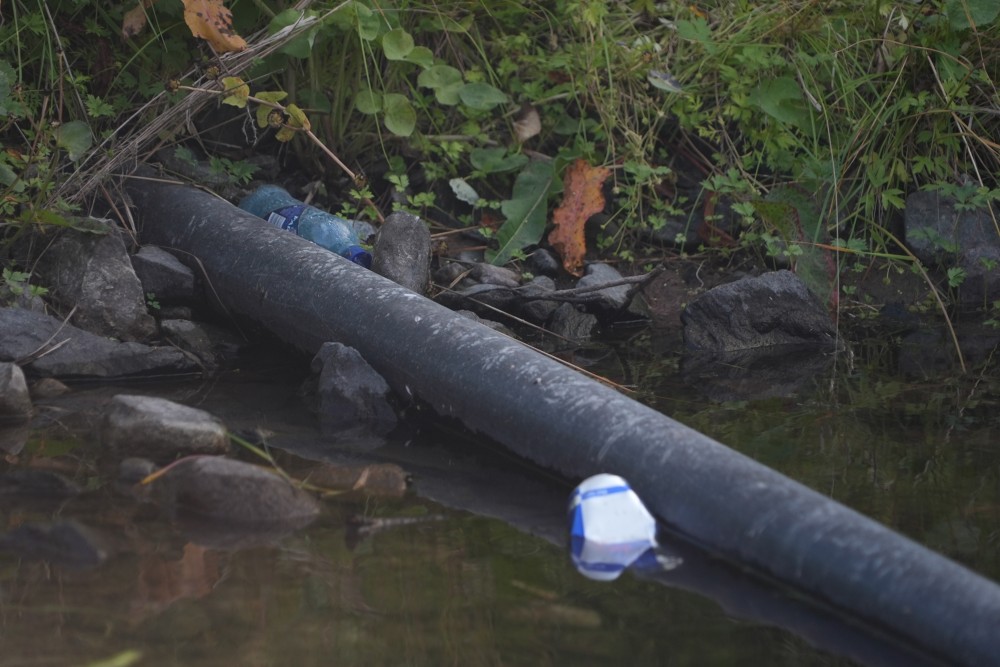
According to locals and Gaute, the source of the pollution in Sandnesbekken could be varied as the creek is surrounded by private houses, a grocery shop, construction enterprises and different other businesses that all potentially could be contributing to the littering.
“Those who pollute are also responsible for cleaning up”, Gaute told The Barents Observer. – “By doing this research we wanted to tell people that littering is unacceptable. There are lots of chemicals added to plastic to give it certain properties. Those chemicals spill out into the soil and become environmental toxins. It changes the life of plants and animals living there. It’s not a natural system anymore.”
However, there has been some good news for the Norwegian North – of the four plastic-free rivers Gaute found across Norway, three are located in Finnmark – Børselva (Porsanger), Ellenelva (Sør-Varanger) and Spurvebekken (Sør-Varanger).
“This is fantastic!” Gaute exclaimed.
Highway to the oceans
Anything that goes into Norwegian Arctic rivers and creeks eventually gets transported into the Barents Sea.
“I’ve seen many times – you have places with unbelievable amounts of plastic waste along the Norwegian coastline. That’s partly from rivers. It’s scary!”, researcher Gaute exclaims.
The plastic that doesn’t biodegrade is an extremely harmful substance to the environment.
“If you drop a Coca-Cola plastic bottle to the bottom of the Barents Sea at, for example, 350 meters, you can come back in 600 years and pick it up again. But also the plastic bottle may take hundreds of years to end up as microplastics,” Roger B. Larsen, Professor at the Arctic University of Norway (UiT) told The Barents Observer. Professor Larsen is in charge of the DSolve project which aims to develop biodegradable plastic materials for the fishing industry.
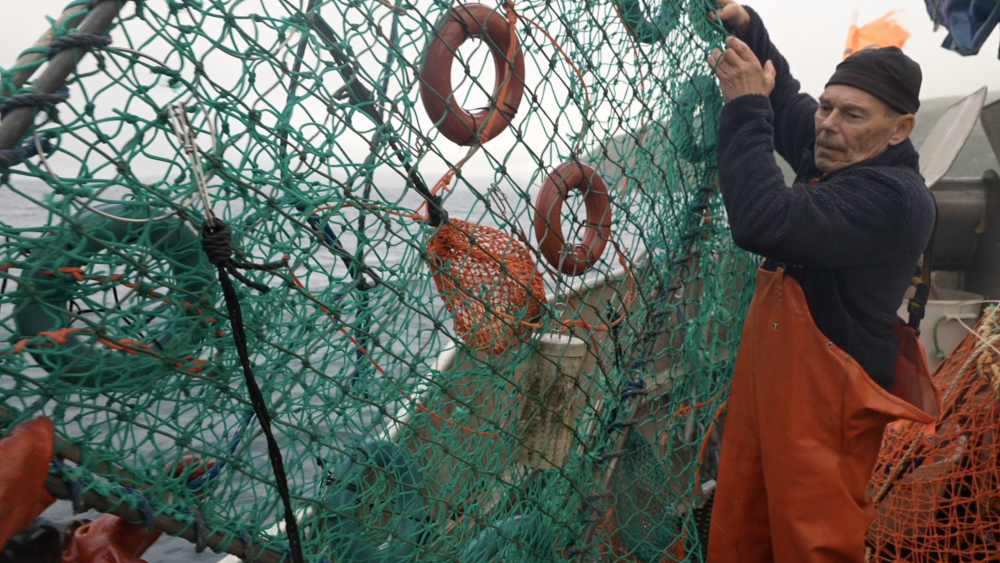
While the petroleum-based plastic that we are used to can degrade into microplastic that ends up in birds’ stomachs, the biodegradable plastics Larsen’s team has been developing since 2020 break down after only a few years, into water, CO2, and minerals.
The DSolve’s main goal is to supply these new plastics to the fishing industry, to combat what experts see as the main source of plastic pollution in Arctic waters.
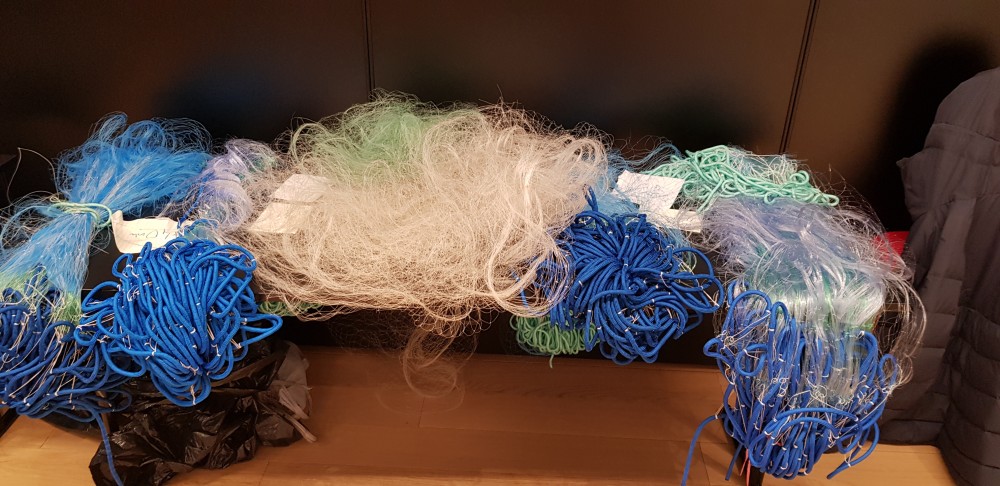
“Some of the materials that we are testing are actually already used in South Korea – one of the most advanced countries in the world when it comes to taking care of nature”, Larsen says and hopes Norway will follow this direction as well. But it’s not easy to develop a reliable material:
“We are still testing the plastic to improve it. Our Norwegian fishermen still demand gear that lasts longer”, Larsen told The Barents Observer, adding that his project DSolve ends in 2028.
Every year the Fishery Directorate of Norway cleans the Barents Sea waters to recapture fishing gear that has been lost at sea. As Norway shares the Barents Sea waters with Russia, a significant part of the lost gear comes from Russian trawlers. Since the 1980s, several 1000 tons of fishing gear have been removed from the sea, including 26,000 gill nets, with a combined length of over 730 kilometers, the Directorate reported. But thousands more nets remain on the sea bed and are regularly washed ashore.
“I’ve been on Svalbard many times and I have seen reindeer being entangled in the nets washed ashore. It’s really bad,” Larsen says, “On Svalbard, we also once found a big plastic can – most likely left by a fishing vessel. We could see the big holes from the polar bear teeth on it – the animal was playing with it”.
Volunteers
One of the main goals of his report about the Norwegian rivers, Gaute sees, is raising awareness of the level of pollution. A lot depends not only on laws and developing recycling systems but also on local communities.
In the Norwegian arctic town of Kirkenes, a group of environmental enthusiasts from the Norwegian Naturvernforbundet annually organizes clean-up actions along the rivers, beaches, and forests of the Sør-Varanger municipality in the North of Norway.
Member of the Naturvernforbundet Gunnar Reinholdtsen has been picking up plastic rubbish around Kirkenes and the Pasvik border area for 10 years. Last year he was joined by around 20 people including those who own small cabins in the fjords.
“I love nature. I find it necessary to take part in the effort to take care of our nature”, – he told The Barents Observer, – “The plastic we find at the seashore has been accumulating there for years. We find the plants at the seashore have grown into it. In the bushes, you can find layer after layer of plastic beneath.”
Gunnar told The Barents Observer that around five years ago he also went to clean the infamous Sandnesbekken creek:
“I saw a lot of plastic there but not so much that it amounts to a national silver medal. I would like to take a trip and look into it. It sounds exceptional to be national number two. I think we should go down there and look.”
Located in Kirkenes, Norway, just a few kilometres from the borders to Russia and Finland, the Barents Observer is dedicated to cross-border journalism in Scandinavia, Russia and the wider Arctic.
As a non-profit stock company that is fully owned by its reporters, its editorial decisions are free of regional, national or private-sector influence. It has been a partner to ABJ and its predecessors since 2016.
